With roots in industrial and material innovation design, Florian Wegenast and Christine Lew of Studio Florian + Christine are exploring ways to turn ocean waste into beautiful pieces for the home.

The project, titled ‘Hong Kong Harbour | Future Sea Craft’ was funded by the Design Trust Seed Grant, which is awarded to projects with a social, educational, economical or environmental impact for communities. Design Trust is the fund-granting platform of the charity organisation, Hong Kong Ambassadors of Design.
Our grantees have produced compelling projects from a unique range of topics pertinent to Hong Kong – in this case, improving the future of our built environment, looking at waste and faded design practices,” says Marisa Yiu, co-founder and executive director of Design Trust. With every new Seed Grant cycle, it is exciting to witness the innovative concepts and creative processes that bring to light various issues often overlooked or forgotten.”
Here the London-based multidisciplinary design studio tells Home Journal about working with local artisans, what it means to design sustainably, and the role of consumers in contributing to positive environmental change when it comes to shopping for furniture. Read on.
See more: Architect Calvin Tsao on architecture today and sustainability in design
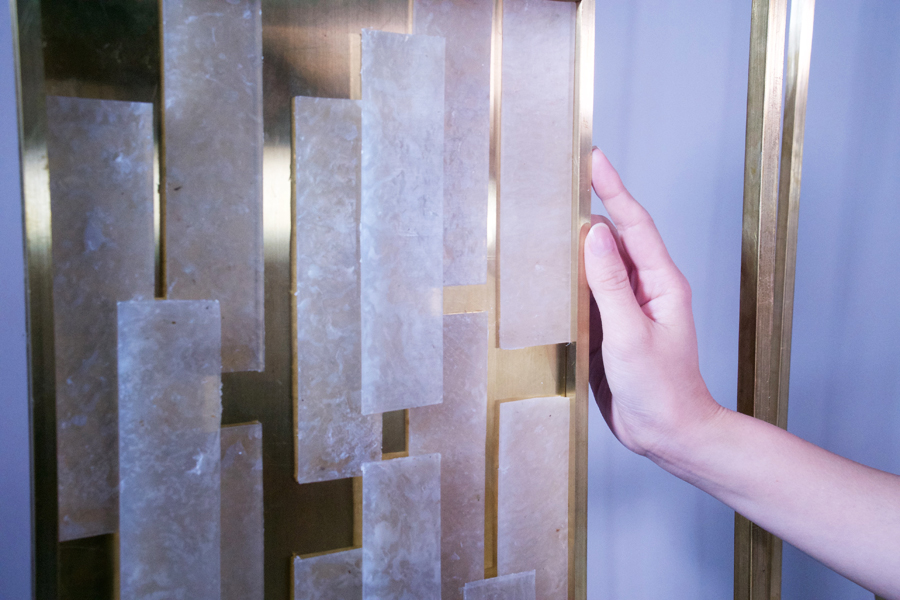
What inspired you to tackle the issue of seaside waste material in Hong Kong?
We started Studio Florian & Christine because we wanted to further explore how material innovation and industrial design could come together. We wanted to create a practice that holds strong principles toward creating responsibly and integrating sustainability, not just as a design gimmick but as a lifestyle.
What was the reaction of local artisans when you approached them for this collaboration?
While the more contemporary practitioners shared some of our design values and we were able to exchange thoughts and techniques on sustainable design, it was the more traditional, mostly elderly craftsmen that astonished us. They were not just open to collaborating on the pieces for this project, they were also receptive on the issue of the waste, and excited about what could be created out of the material.
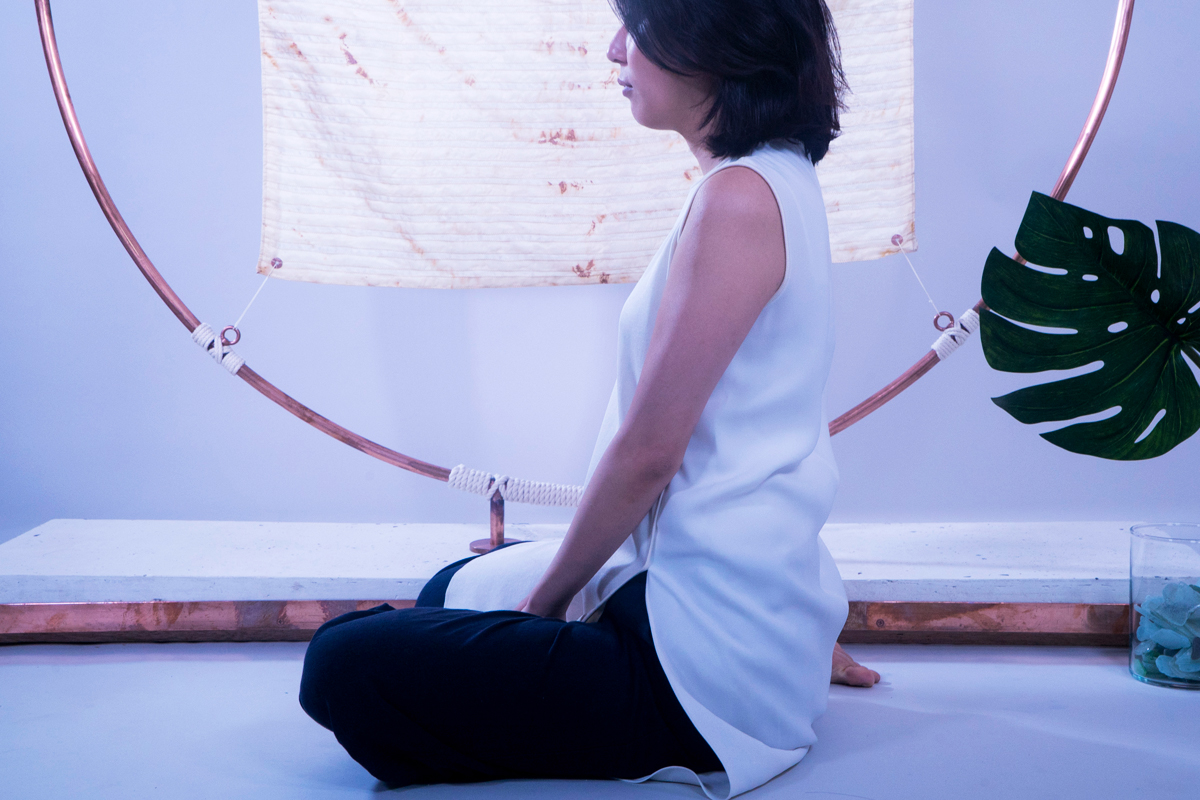
What about the public’s reaction to the final designs in Hong Kong?
Throughout our project journey and the five-day exhibition at PMQ, our work helped start conversations on how sustainable design and design in general should be practised. We believe this created excitement for some makers to start experimenting themselves, while also showing the general public’s frustration with the current waste situation in Hong Kong and worldwide.
See more: How an architect and his wife created an environmentally-friendly home
What are the biggest problems with the home furnishing industry in Hong Kong, and how does your project tackle those problems?
In researching Hong Kong’s traditional and contemporary crafts, we’ve seen how people are maintaining and revitalising certain practises and contributing to a positive shift in the industry. So when we look at the biggest problems, we have to understand it is not necessarily local producers that are the cause, but rather local consumers buying from large furnishing companies, where the majority of the source material comes from unsustainable sources. New products are designed to create more profit, and sustainability is often just a tagline for marketing purposes. It is also the consumer, however, that can contribute to a positive shift in the industry, by viewing sustainability as a lifestyle and practising smart consumption.
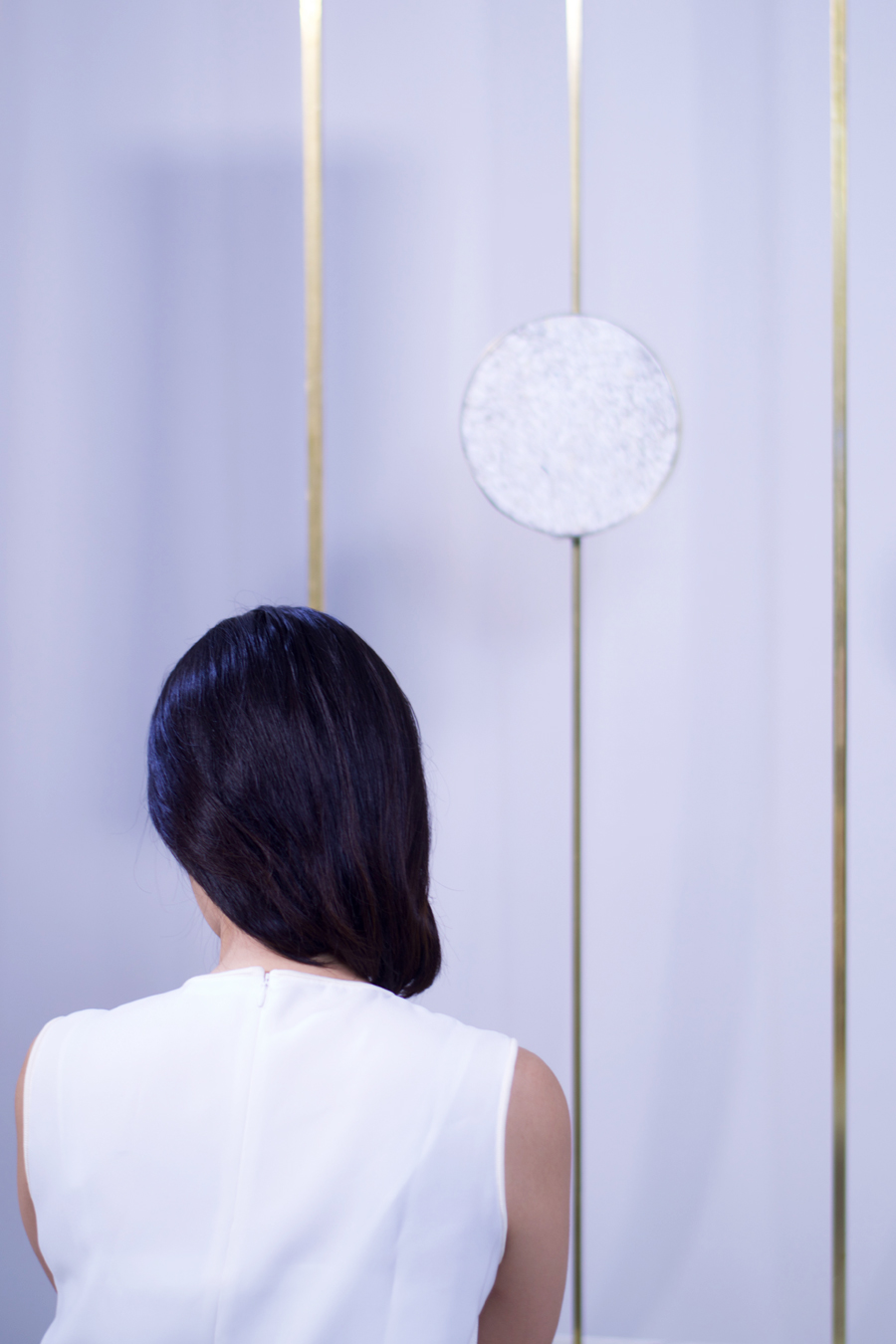
Can you explain the open source nature of this project? What do you hope to achieve with this consideration?
Our practice served as a platform for investigation and enquiry to help improve our relationship with the environment. For our project we created approachable recipes and techniques for working with and upcycling ocean waste material, while our final output serves as an example and potential inspiration for what could be done.
We believe in the open source and open design philosophy as tools to share, inspire and spread design values. While our focus lies on the Hong Kong creative industry, we hope that projects like this can help engage more groups and individuals in upcycling, experimenting and helping create new knowledge around sustainable design.
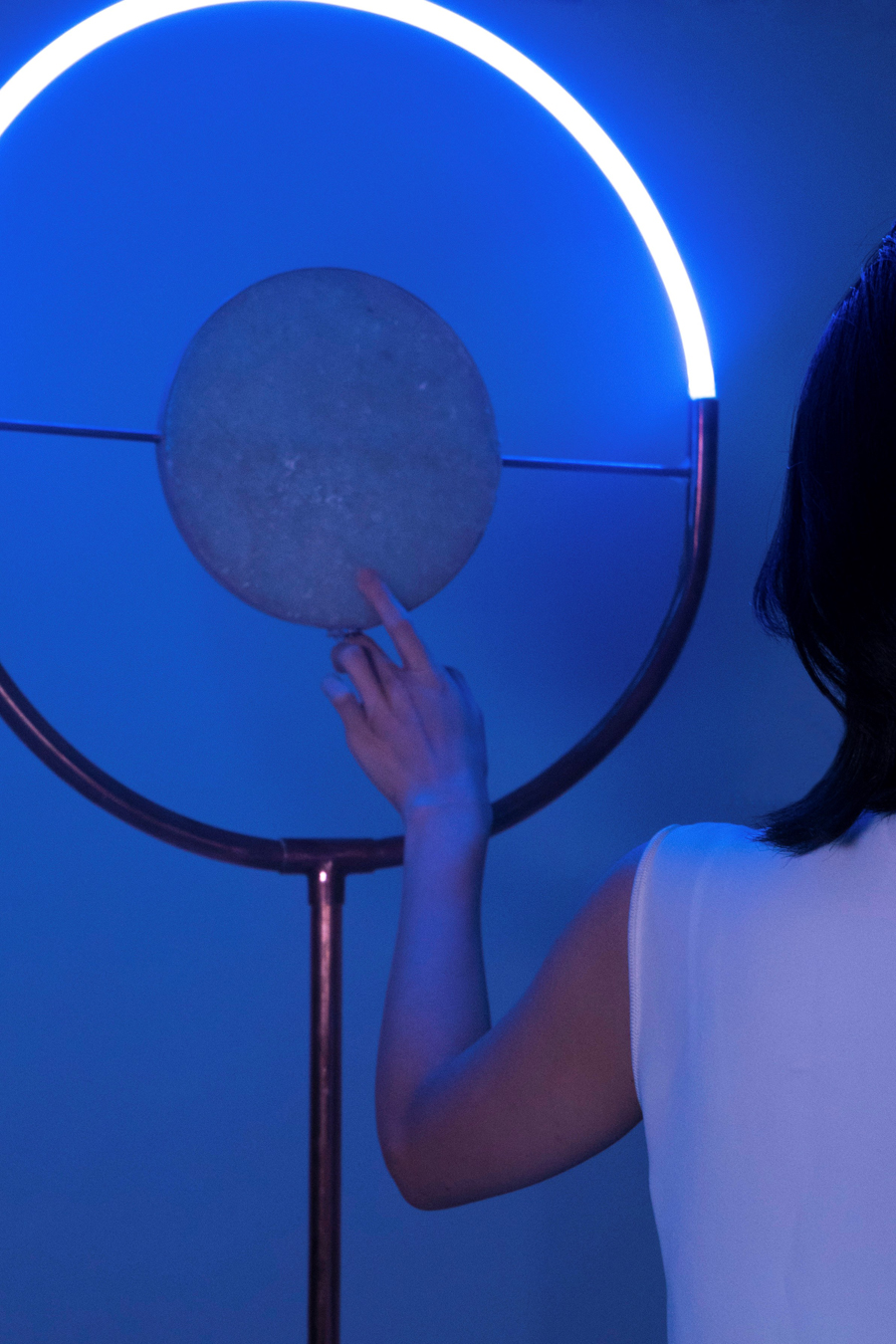
Which waste materials did you like working with most?
We worked with waste materials such as ocean plastic, sea glass, rust metal and waste porcelain collected from the shores and harbours of Hong Kong. Different upcycling techniques revealed the challenges of working with the material selection, which often created unforeseeable outcomes, such as PET plastic forming a stone-like surface when melted within a certain time frame. Each material offered surprising qualities that influenced and sometimes even dictated what our designs would look like. Thus we can say the materials were each exciting in their own right.
See more: How to redesign an eco-friendly home
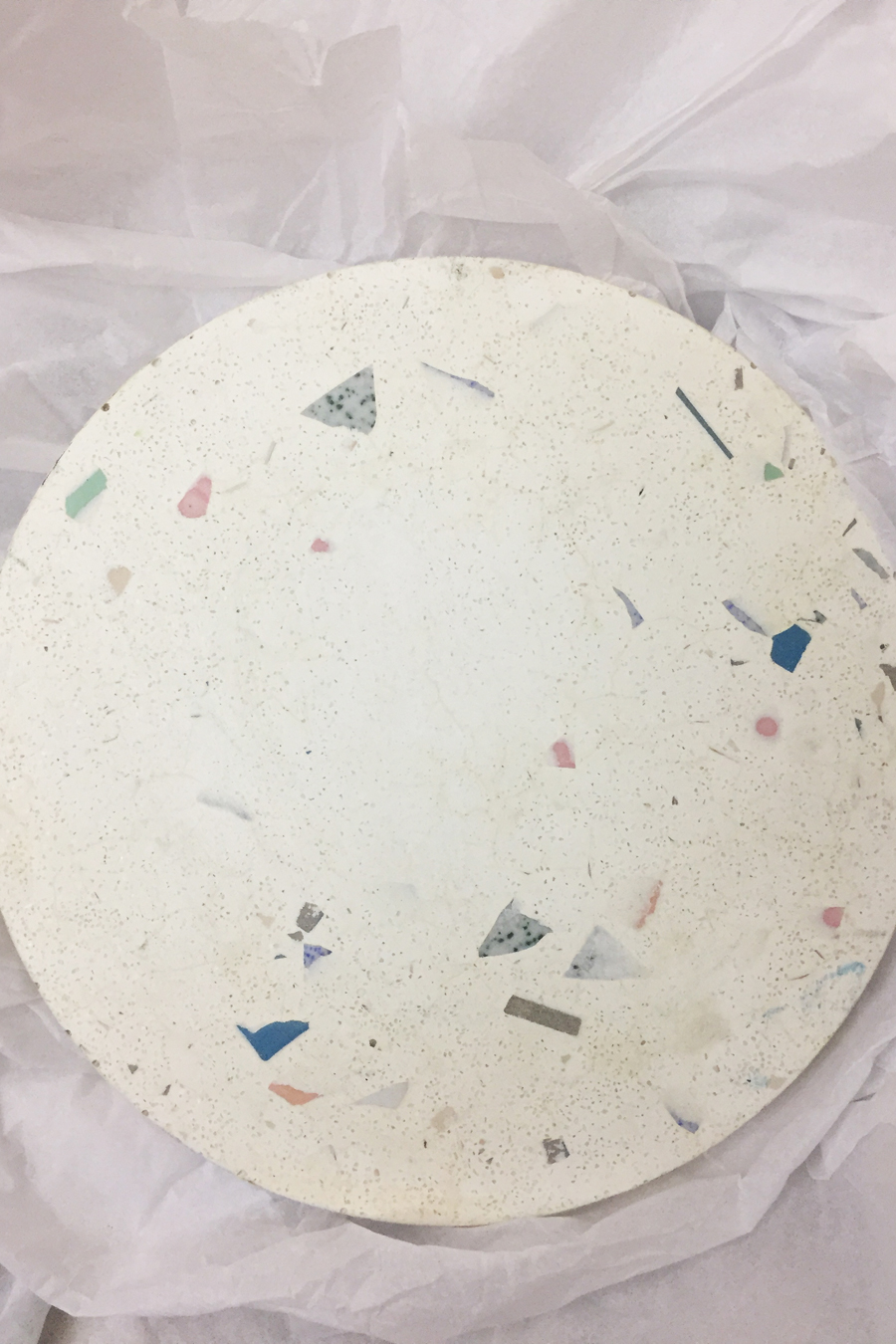
Which is your favourite design in the collection? Why?
Each piece in the collection carries a different story, such as the materials it was made with, the different cultural aspects inspiring the shape and function of the design, and with whom we collaborated and exchanged our ideas to create those objects – so one could pick any one of the pieces as the collection’s highlight.
In what way does Design Trust support your project?
Design investigations can serve as a great tool to explore new knowledge and processes. Due to their experimental nature however, commercial validity is not the priority, making it difficult for smaller studios to justify or even realise the large investment required. It is worth saying that without Design Trust, ‘Hong Kong Harbour | Future Sea Craft’ would not have been possible, or at least not to this extent. It’s inspiring how Design Trust has created this platform to support meaningful projects in the region, offering a rich network of current and past grantees and adding to the positive impact that design can have.
The post Meet the two creatives turning ocean waste into designer furniture appeared first on Home Journal.






